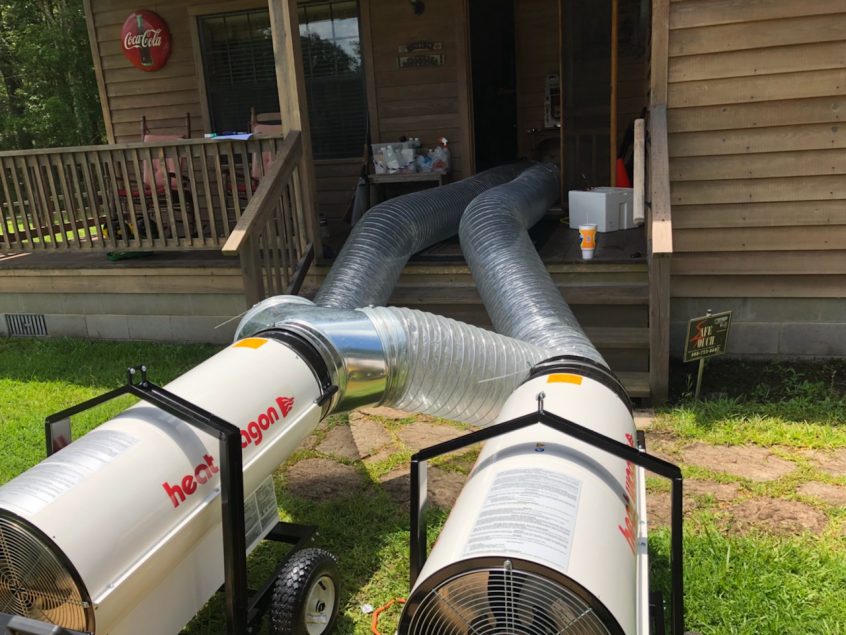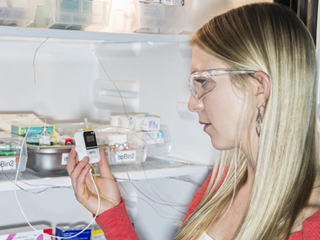Heat treatment of Bed Bugs is a better way of eradicating bed bugs in our homes. Unlike chemical treatments that only last a couple of months before a new clan of bed bugs attacks again, heat treatment bed bugs is a permanent one. The permanence of its effect depends on whether the process has been done right. But, how can you tell if the process has been done the right way?
What Exactly Are Bed Bugs?
Bed bugs or insects. They are oval and brownish. They are the size of an apple seed. Because they feed on the blood of humans and animals, bedbugs are a headache. They inhabit cracks and crevices of beds. They tend to change into a reddish color after feeding.
What Causes Bed Bugs Infestation?
Bedbugs’ saliva is composed of anesthetic and chemicals that produce the pain, so it’s easier for them to suck the blood out. Because they are parasitic, their normal dynamic is to find a warm bed to live in. There are also common places where we can find bed bugs. These are:
- hotels
- apartments
- public transits
- outdoor campsites
Bedbugs are quick and fast. They are capable of moving up to four feet going long distances. This is their easy way to go through different furniture along the way. More often than not, bedbugs like to inhabit:
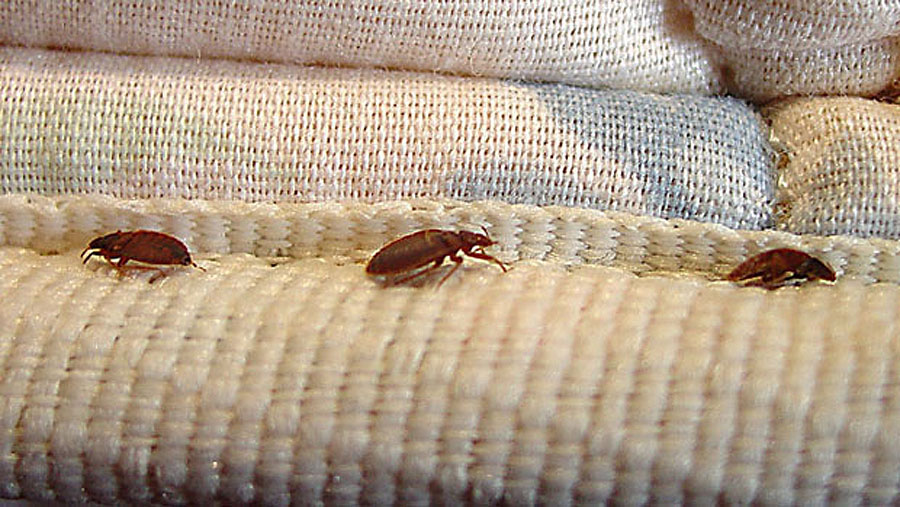
Photo Credit: www.beaconpest.ca
- Mattresses
- Sheets and blankets
- Furniture seams
- Clothes
- Luggage
Any areas of clutter are a goldmine for bedbugs. Moreover, they seep through cracks and crevices, making it harder to locate them.
Signs of Infestation
There are clear indications that there are bedbugs. Some signs that you want to check are the following:
- Red Spots
- Bite Spots
- Blood Spots On The Sheet
- Dark Spots From Bedbugs’ Feces
How To Get Rid Of Them?
Like any other pests, bedbugs are not tolerant of extreme temperatures and chemicals. However, they have developed resistance to insecticides. There are some concrete steps to counter the infestation of bedbugs. These are activities that cause bedbugs to deteriorate biologically. Some of these are:
1. Freezing Treatment
Freezing can be effective in killing bedbugs. At 0°F, bedbugs can be killed. One should note that freezing under this temperature should run for at least four days. In most common cases, a freezer with a lower temperature range is used to kill them. Other freezing treatments use pressurized carbon dioxide. Blasting the bugs with carbon dioxide can kill them.
2. Heat Treatment
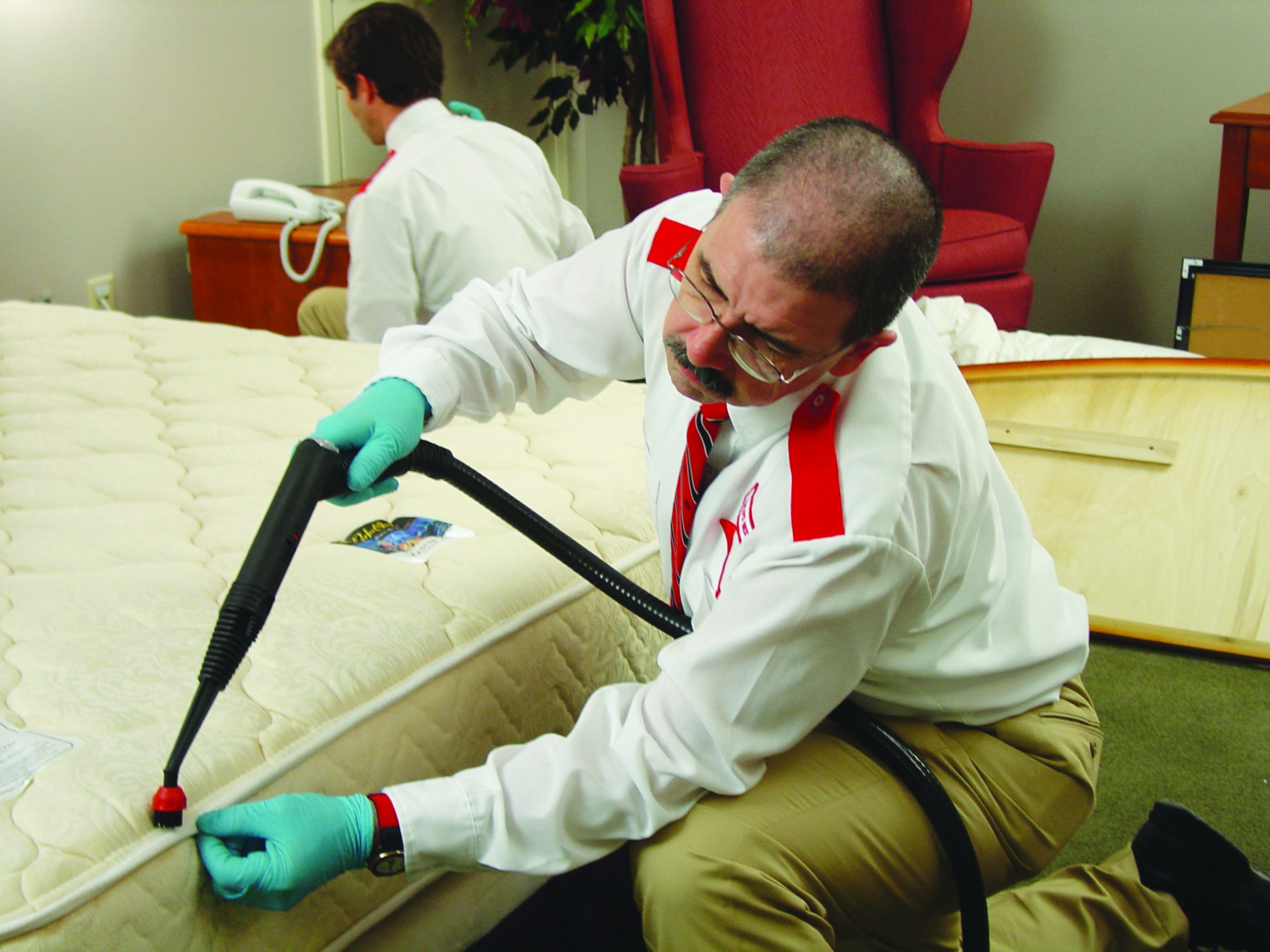
Photo Credit: www.orkin.com
There are many ways to do heat treatment against bedbugs. For one thing, you can set the temperature at 135°F using an electric heater. Another way is to blow hot air powered by a propane-fueled heater. The heat dries out a bedbug. It is important to note that it should be uniform all over the space when doing heat treatment. This is to ensure that heat seeps through every crack and crevice where the bedbugs can hide.
3. Chemical Treatment
Dead bugs are not exactly susceptible to the use of insecticides. Over the years, they have shown resistance to the chemical make-up of these insecticides. This is why a chemical treatment is more like a super good mental treatment than extreme temperature procedures. Chemical treatments, primarily DIY, when done incorrectly, can be for naught.
Pest Control: Heat Treatment For Bed Bugs
Introducing extreme temperatures to eradicate bedbugs may be a foolproof way. But monitoring home temperature can be a tricky job. It should be noted that temperatures should last for a particular period to take effect and kill bedbugs. So, maintaining that needed temperature range is hard to pull off. If done improperly, it will just result in a band-aid solution. With that in mind, supplementing your temperature treatment with the proper tools is ideal.
1. Advantages of Heat Treatment
Heat treatment may be the easier way to kill bedbugs. A 90-minute exposure to a temperature of 48°C can be detrimental to bedbugs. Heat treatment may also be environmentally friendly compared to using chemicals and pesticides. The use of chemicals alone can be more of a public health issue. We don’t want additional hassle from the use of chemicals and getting respiratory tract infections along the way. Heat treatment is 100% chemical-free and environmentally friendly. It would ensure that the heat temperature could go deep into the tiny spaces that are potential habitats of these bedbugs when done correctly.
2. Heat Treatment Considerations
Heat treatment is a no-nonsense process. Some pest control companies use hot air in rooms for a period of 6 to 8 hours. It requires specific structures like an industrial-strength fan and heater. These structures can bring the ideal temperature to 48 to 50°C. It is important to note to remove any plastics or corrosive materials before conducting heat treatment. Likewise, items within the infestation area should not be moved to other rooms. If there’s any need to remove items, sealing them into plastic bags to prevent any pests from escaping is a must.
AKCP Monitoring Heat Treatment For Bed Bugs Process
An ideal way to develop a successful heat treatment is to supplement it with the necessary tools to control temperature and monitor it. The use of wireless temperature sensors allows for rapid deployment and monitoring. Because of its cloud capacity, monitoring can be done remotely and generate reports instantly.
Wireless Temperature Sensors
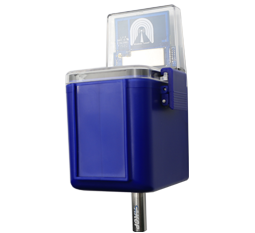
Wireless Temperature Sensor
These are the most tangible tools in monitoring the heat-treatment process. Wireless temperature sensors can be placed in the treatment area. The likes of AKCP temperature sensors can be buried in the mattresses to monitor internal temperatures. Because of its portability, AKCP wireless temperature sensors can also be placed in small areas of the room. Using AKCP wireless tunnel technology, WTG can track the deployed sensors. The gateway can relay the data gathered from the sensors like temperature for the local user’s interface. This access eases out monitoring capacities. It can generate reports for the data stored on the cloud through quick access. These capacities assure the target temperature is well-maintained for a specific period.
Is Heat Treatment For Bed Bugs Effective?
There is no concrete answer to this one. The correct way to put it is whether you’ve done your heat treatment correctly. Sometimes it also depends on the severity of infestation. There are several approaches to exterminate bedbugs. You can also consider supplementing heat treatment with a chemical.
You have to note also that heat treatment comes with a high cost. A single complete treatment can range from $500 to several thousand. This is why it is critical to conduct heat treatment comprehensively. You want to pay the price but get satisfactory results in one go. One way to go is to request home inspections first before actually getting the heat treatment. There are extermination companies that offer reviews for free.
Prevention Can Be Another Way.
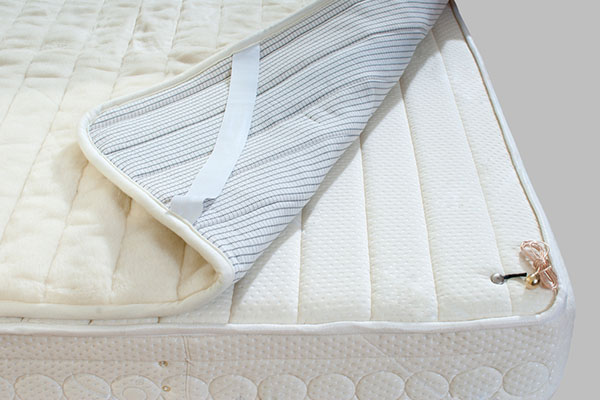
Photo Credit: www.terminix.com
Often, we don’t have to go to such an extent to treat our homes against bedbugs’ infestation. We also need to observe certain precautions to prevent any infestation from coming through. Some of these are:
1. Check first!
When buying secondhand furniture, it is ideal for checking them before bringing them home. Check for infestation signs before deciding to buy that bed you liked.
2. Protective Covers
Because bed bugs hide in small spaces, it is best to cover that space up. The use of protective casings in your couches can eliminate these hiding spots. It is ideal to use light-colored covers to see any signs of bedbugs quickly.

Photo Credit: www.jcehrlich.com
3. Reduce clutter
The principle of reducing clutter in your homes is to eliminate any potential hiding spots for these bugs. Regular vacuuming can also remove them from your furniture.
Nip the Bud!
Bed bugs are pesky insects that will continue to inhabit your home when not killed correctly. You wouldn’t want to go through the whole heat treatment for the bed bugs process and the next day finds another bedbug infestation. You should not shell out more money to pay for an uncomprehensive job.
A comprehensive heat treatment uses sensors to monitor temperatures. It is an efficient tool to locate small spaces. Since it is portable, it can be deployed in these small crannies. Making sure that all bases are covered is ideal for such a temperature treatment endeavor. Not only does it track temperatures, but it also monitors your treatment timeframe. Advanced sensors can also send warnings to ensure temperature uniformity. These are subtle add-ons to your treatment activity but essential to make sure you nip the bedbugs out of your homes.
Reference Links:
https://www.webmd.com/skin-problems-and-treatments/guide/bedbugs-infestation
https://www.healthline.com/health/what-causes-bed-bugs#where-they-live
https://www.mayoclinic.org/diseases-conditions/bedbugs/symptoms-causes/syc-20370001#:~:text=Bedbugs%20are%20reddish%20brown%2C%20oval,to%20feed%20on%20their%20blood
https://www.networx.com/article/does-bed-bug-heat-treatment-work
https://www.webmd.com/a-to-z-guides/news/20170410/bedbugs-building-resistance-to-more-insecticides
https://www.bedbugs.umn.edu/bed-bug-control-in-residences/freezing#:~:text=Freezers%20set%20to%200%C2%B0,the%20items%20you%20are%20freezing.
https://www.epa.gov/bedbugs/protecting-your-home-bed-bugs

